The global mining industry’s ‘technology adoption’ problem
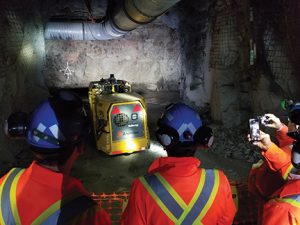
A demonstration of Hard-Line Solutions’ teleremote technology at Norcat’s underground test mine. CREDIT: NORCAT
The global mining industry has embarked on a remarkable innovation and technology transformation journey – driven in part by unprecedented pressure for executives to enhance shareholder value, improve productivity and safety, and expand asset utilization. As this unfolds, Norcat has had an unrivalled opportunity to watch and learn.
From our Sudbury, Ont., technology innovation cluster, we have seen mining companies, as well as mining technology and innovation ecosystems, work together to achieve these goals and ultimately drive sustained prosperity for the industry. We run the only regional innovation centre in the world with an operating mine. Our Underground Centre enables start-ups, small-to medium-size entities (SMEs), and international companies to develop, test, and showcase new technologies in an actual mining environment.
This one-of-a-kind active laboratory creates, connects, and brokers relationships between mining tech firms (builders of innovation) and global mining companies (buyers of innovation). As such, it fosters a tech ecosystem like no other in the world.
Given our privileged perspective, we offer these meaningful and bold insights to help mining executives overcome the innovation adoption hurdle.
The innovation adoption hurdle
What’s the problem plaguing the industry? Is it innovation? No. Global mining does not have an innovation problem. It has what loosely can be defined as a “technology adoption” problem. By participating in discussions and innovation workshops with mining executives, we contend that companies realize the importance of innovation. However, they struggle with knowing how to deploy, use, and integrate innovation to achieve their strategic priorities.
A great example relates to the perceived lack of data within the operation of an average mining company. Mining companies don’t have a data problem. Instead, they have a data utilization problem. What’s more, solving it doesn’t necessarily require an emerging “home run/big data” technology. Perhaps refining internal processes and using a technology that scores a single or a double could resolve the issue.
The barriers fall into three buckets
The continued expansion of Norcat’s Underground Centre is based on feedback from both mining technology companies and mining companies. We asked them the same question: “What are the main barriers precluding emerging technologies from being adopted by the global mining industry?” Among the varied answers, there were three key action themes from both the buyers and builders of innovation:
- Try before you buy: Before mining companies invest or make a “buy” decision to implement a new technology, they want to see it, touch it, and validate that it works. Plus, they want to observe it in an operating mine environment – not on paper, not in an academic lab, not in someone’s garage.
- Vet the vendor: Mining executives want surety that the life expectancy of the technology company they are buying from is healthy enough to deliver ongoing service and support over the life of the deployed technology. Does the vendor appear reliable and have the potential to be there for the long haul? These are critical factors.
- Innovation is a team sport: Perhaps more relevant to the start-up and SME mining tech ecosystem is a foundational item that applies to all. Mining companies are increasingly seeking a meaningful partnership with their technology providers – both in the development and deployment of technology solutions. Norcat’s Underground Centre is a global one-stop shop for all that is the future of mining tech and has become “the place” to facilitate these relationships and support business getting done.
Take a deep breath
At the 2018 Mines and Technology conference in Toronto, a brewing observation was further validated: many mining companies continue to get caught up in the innovation excitement bandwagon without defining a clear strategy, vision, and roadmap.
Discussions around artificial intelligence, big data analytics, digitization, autonomous robotics, creating in-house convergence/ collaboration spaces, among countless other topics, while fun and exciting, need to be tempered. What’s the remedy? Pause, slow down, and fix things before jumping on the tempting innovation train.
As an example, for those with plans to implement AI in the coming year, bear in mind that an October 2018 Gartner report identified “through 2020, 80% of AI projects will remain alchemy, run by wizards whose talents won’t scale widely in the organization.” Make sure the bus is going in the right direction with the right people on board in the right seats, before pushing too hard to catch the wave.
Learn from the experience of others
The ongoing divesture of in-house R&D within mining companies creates vibrant mining supply, service, and technology clusters like ours in Sudbury. Innovation in the global mining industry is thriving; however, it continues to evolve and look different from what many may have anticipated. That said, although this outsourced model has been spurring innovation, there still is a lot of creative capacity in the mining technology innovation ecosystem.
To completely grasp this, I would encourage mining executives to look at and learn from the innovation journey experienced in other sectors such as life sciences, financial services, and consumer goods. Although these industries have no direct connection to mining, they have undergone an innovation transformation that the mining industry is just starting to embark upon.
As a case in point, beyond the physical technologies, we see an increase in executives expecting more financial, service, and delivery model innovation from mining tech suppliers. At the 2018 North American Mine Expo, an ad hoc discussion with a handful of mining officials asked, “Why not apply SAAS business model principles to physical technologies under consideration from capital-constrained mining companies?” Good question.
As Einstein famously said, “We cannot solve our problems with the same thinking we used when we created them.” How does this apply to mining? Sometimes, and this time in particular in innovation adoption, it makes sense to stop, fully assess the issues along the path and apply that learning to make great leaps forward.
DON DUVAL is the CEO of NORCAT.
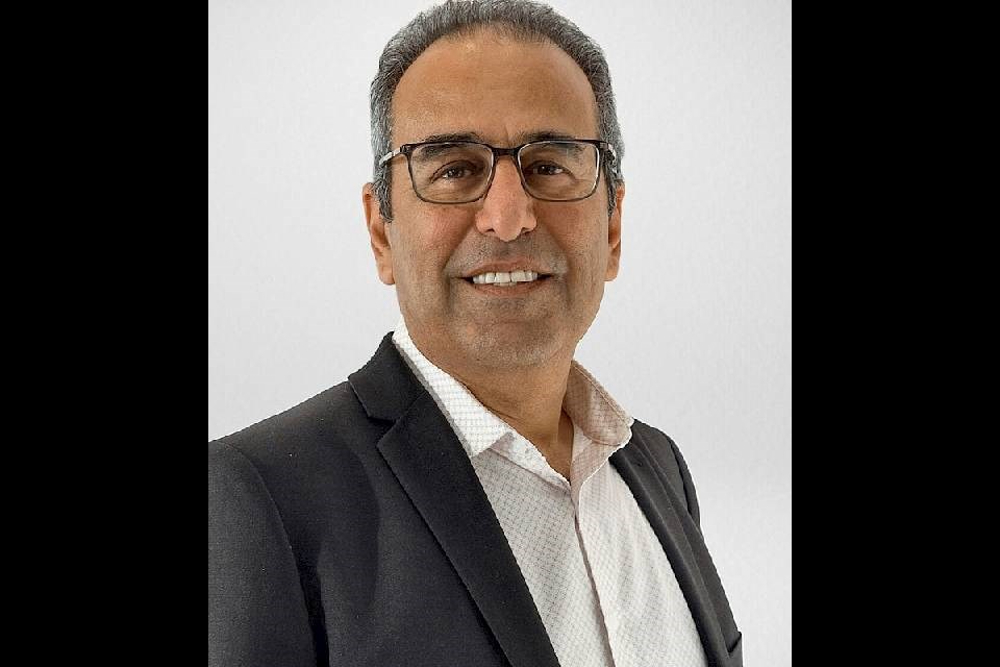
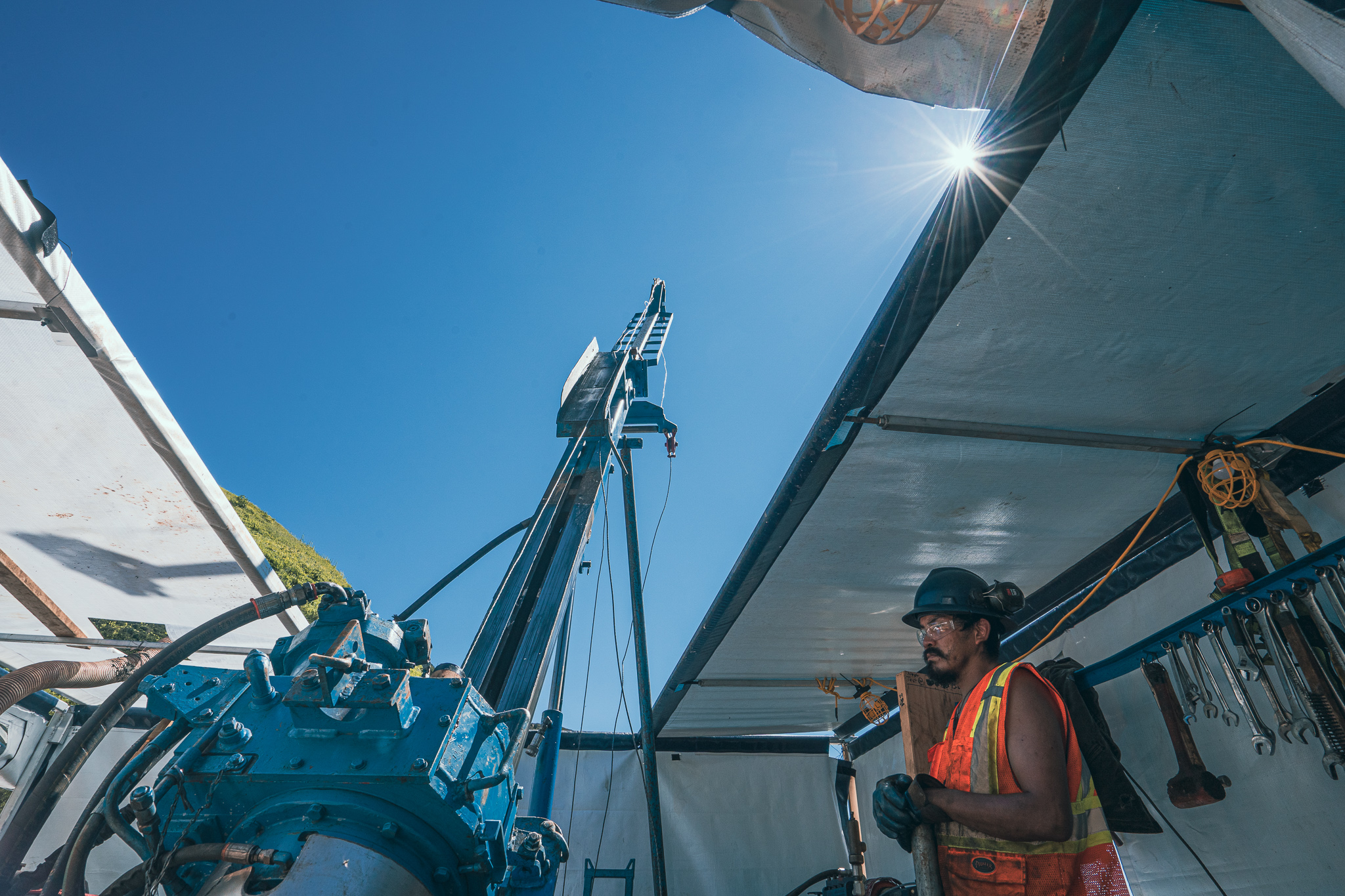

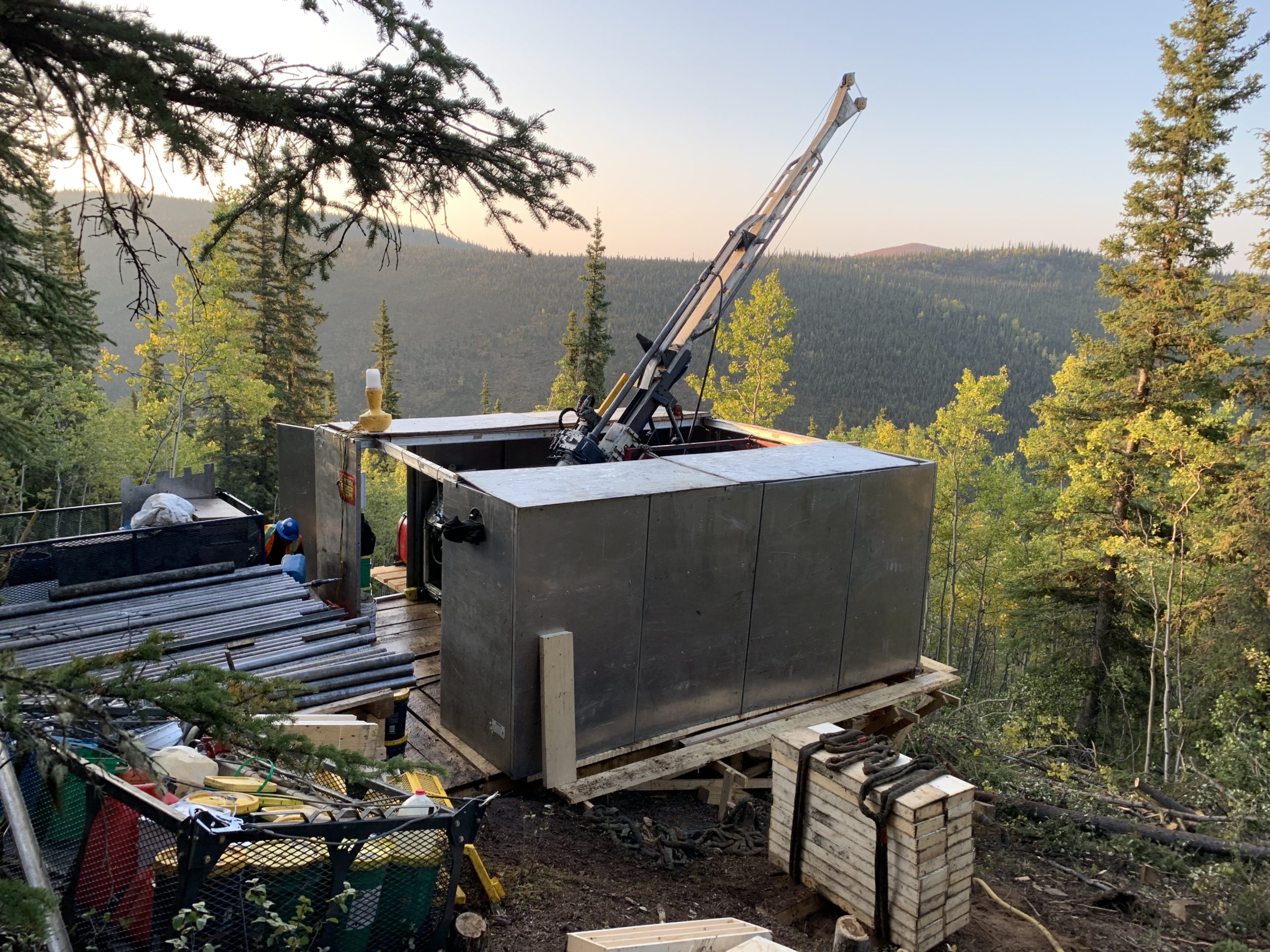
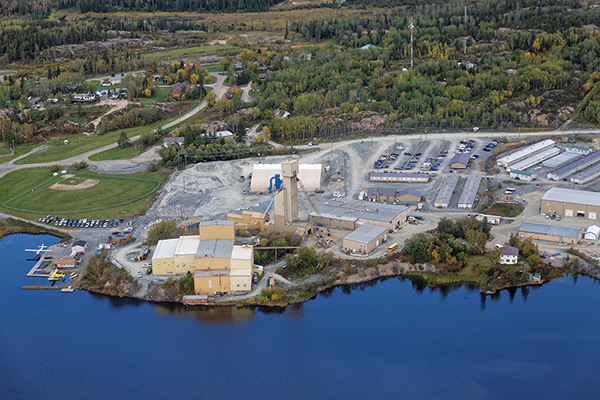
Comments